like randomly rummaging through the New York Times Cookbook
hoping to find the perfect recipe for tonight's dinner.
Too many choices....
A cookbook bible like the Times pretty much sums up the wide ranging
charms of Henri Matisse, the revolutionary French artist
who defined visual arts in the 20th century.
From first course to dessert, his sweeping imagination and
diverse techniques have filled many an art lover with a hunger for more.
A good place to begin is in his namesake museum in Nice -- the Cimiez* neighborhood to be exact -- which I was lucky to visit not long ago.
Musée Matisse Nice sits perches on an archaeological site,
just down the street from a handful of Roman ruins.
In keeping with the colorful landscapes of many of the artist's
most memorable works, you'll uncover a vast garden with
ancient olive trees and a small cemetery capping off the museum
masterpiece -- a quintessential Cote d'Azur destination.
*Cimiez is about a mile north of Vieux Nice
Though many of Matisse's most famous works are located elsewhere, you can
get a good idea of the breadth of his work inside the mansion's rosy-hued walls.
On a gorgeous French Riviera property, the influential artist's colorful spirit
is enshrined, his body buried in the cemetery just around the bend.
It's an artistic vision, a breathtaking expanse of Nice
and the beautiful blue waters of the Mediterranean.
"There are always flowers for those who want to see them."
Henri Matisse
The artist lived from 1869 to 1954.
Has there ever been such a hotbed of historical transformation?
The world was advancing at warp speed, a sci-fi stew of epic proportions.
Consider this.
In 1869 American women's activists Susan B. Anthony
and Elizabeth Cady Stanton were setting the table for their
(revolutionary!) ideas for women's suffrage.
America was still dealing with the backwash of the Civil War,
just four short years following its long lasting nightmare.
Charges of treason against Confederate "president" Jefferson Davis were dropped. In the music world, symphonies by Franz Shubert and Richard Wagner were "in"
while in the same year, George Westinghouse invented the steam engine brake.
Contrast that with 1954, when the world moved on
to Elvis and Bill Haley and the Comets.
The Tournament of Roses Parade splashed living color on our tv's
and the nearly never ending war began in Viet Nam*.
Texas Instruments developed the transistor radio while the first successful kidney transplant and the first Burger King impacted our physical wellbeing,
both born in the same month.
Credit cards and passenger jets gained momentum
and the Mercedes 300SL was launched.
The years 1869 to 1954 paint a picture of transformation,
a sea-change as wild as the ocean in a hurricane.
As Matisse's world evolved, so did his work.
He was able to shift styles as quickly as a model changes lipstick.
"When you're finished changing, you're finished."
Benjamin Franklin, one of America's Founding Fathers
I could not believe how lucky I was."
Henri Matisse
Leave plenty of room for your own imagination to fire.
This is one museum where you won't be able to help yourself, a world
of color and inspiration will light you up and leave you wanting more.
bump into a piece of history on the way to the museum.
The Excelsior Regina Palace*, a formidable and iconic Nice treasure,
is across the street from the Arenes/Musée Matisse bus stop.
A lovely lady smiled as she asked if I was going to the Musée Matisse.
She had a personal story about the mythical giant, a sweet little
episode that brought the legendary artist to life.
*Built in the 1890's, the Excelsior Regina Palace is a Belle Époque gem, created
explicitly for Queen Victoria's annual pilgrimages to the French Riviera.
Her husband lived in the hotel when he was very young.
To his chagrin, his strict maman wouldn't let him play in the garden
for fear of bothering the great Matisse at work.
How he despised seeing the "old man" and his easel on the lawn.
Imagine that, Matisse in your own back yard....
And of course, her story made the museum experience just that much better.
"I would venture to warn against too great intimacy with artists
as it is very seductive and a little dangerous."
Henri Matisse
From fauvism to Cubism to "drawing with scissors" -- better known as
paper cutouts -- Matisse never veered too far from the logical next step.
His go-to base was modern classicism tinged and stoked strongly
with color -- BIG color -- that supercharged his work with a bolt of lightening.
He could be totally traditionalist one day only to turn around
and recalibrate the next day, choosing to adopt a new style and strategy.
His artistic transformations remind me a bit of before and after home makeover photos -- though in his case, the befores are as memorable as the afters.
When poor health -- asthma and heart disease -- kept the artist bed-
ridden for weeks on end, he completed large murals from his bed in Cimiez.
He jerry-rigged a pole with a crayon or brush attached to
the end -- et voila -- a masterpiece was set in motion.
When he could no longer paint at all, he stunned the world
by creating art with a kindergarten-like magic.
His paper cutouts are among his most lasting legacy.
Advancing age and worsening health concerns didn't keep Matisse home-bound. From 1947 to 1951, he traveled to nearby Vence where he completed
the Chapelle du Rosaire, a gift to the nuns who nursed him back
from a near fatal intestinal illness in 1941.
The chapel has long been considered his crowning achievement
and would go hand in hand with your visit to the Musée Matisse in Nice.
"Yeah, we all shine on, like the moon, and the stars and the sun."
John Lennon, musician, poet, Beatle
Each year was inventive in a different way.
Pure colors and the white of a bare canvas draw you in.
A woman's face painted with colors as vivid and unorthodox
as her hat is a hallmark of Matisse's craftsmanship.
As if that's not enough, the artist was also a good salesman.
He worked tirelessly to get his art to the right people.
Innovate, keep moving forward, be different -- all axioms in a
modern world -- were the method to his beautiful madness.
"Yesterday's home runs don't win today's games."
Babe Ruth, the "Sultan of Swat" - arguably America's most famous baseball player of all time
It's a lovely chapel and includes a Franciscan Friar Museum portraying
the daily life of a monk from the 11th century until today.
In the garden just behind the monastery, you'll find Matisse's grave
along with other local notables including
fellow artist (and one of my faves) Raoul Dufy.
From here, you'll see the city of Nice at its breathtaking best.
"My eyes were made to erase all that is ugly."
Raoul Dufy, French Fauvist painter
but art lovers across the world know that he gave us all he
had -- creativity, light, color and a sense of calm.
True, it's hard to abandon the outdoor markets and cafés of Nice
for a museum that sits high on a hill above the city.
But it's worth it to leave the rocky shoreline and beautiful
Promenade des Anglais in search of a different form of sunshine,
one guaranteed to make you feel like a million bucks.
The Musée Matisse includes illustrated books, sculptures,
personal objects and, of course, the celebrated paintings.
The sun is always shining here, thanks to the unique talent of Henri Matisse.
It's well worth a few hours of your precious Nice time -- which after all,
is dedicated to the very best that France has to offer.
"If you come home as happy as you leave, you have had a good vacation."
Author Unknown
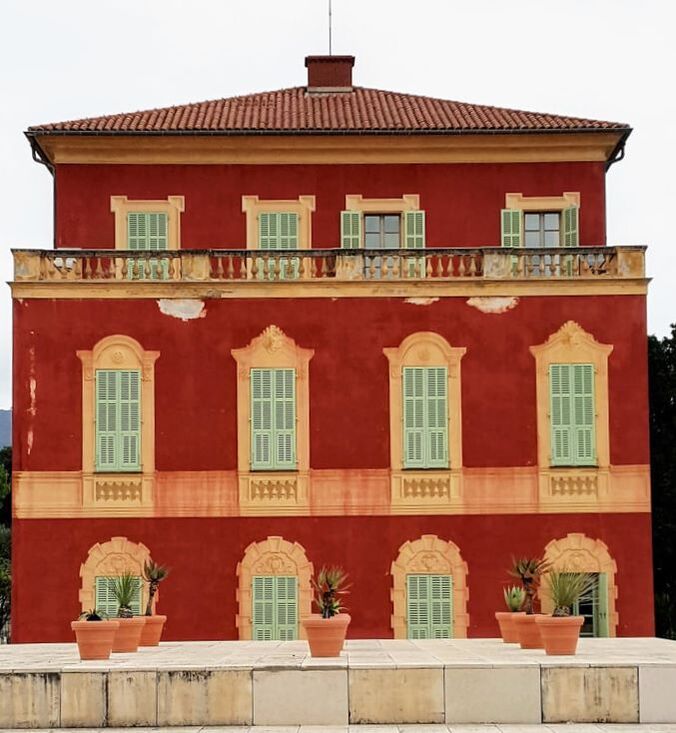

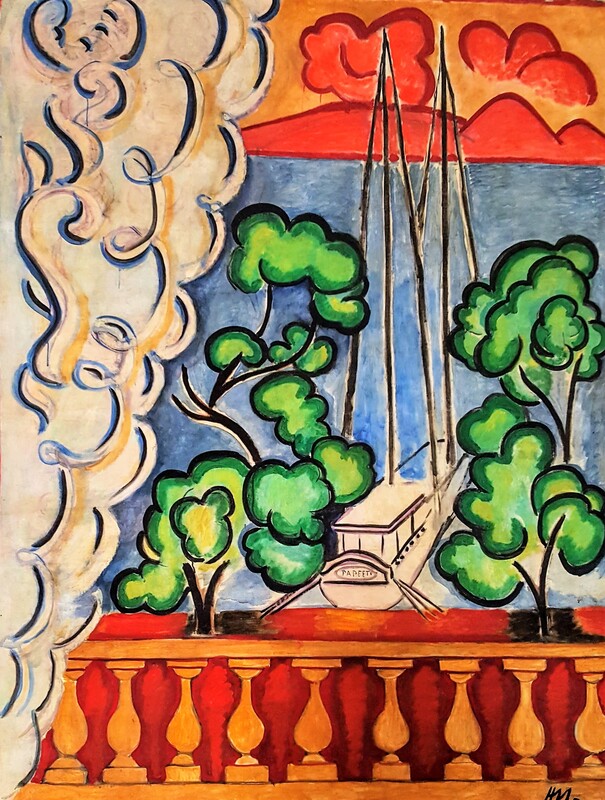


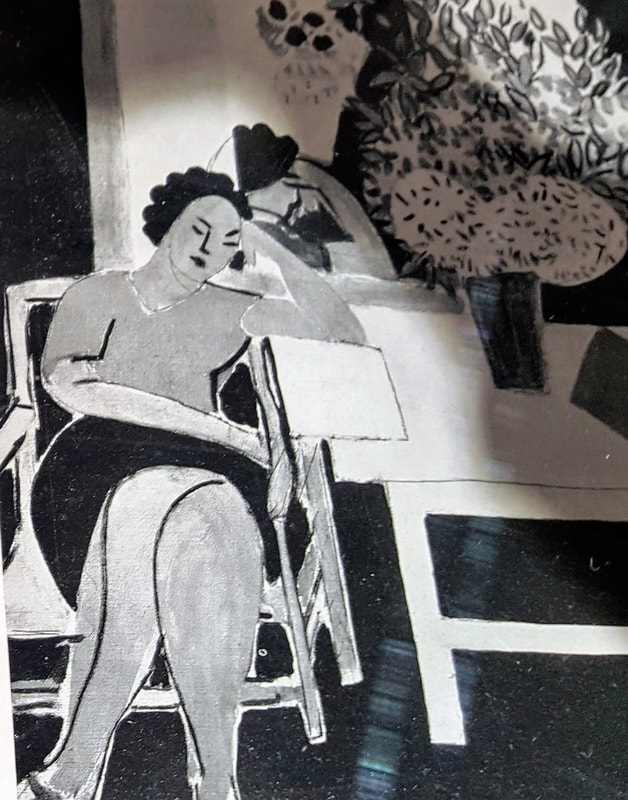


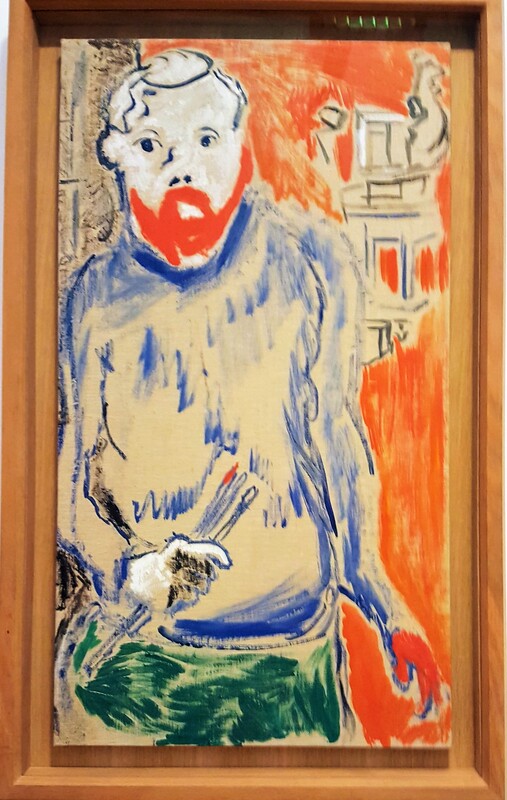
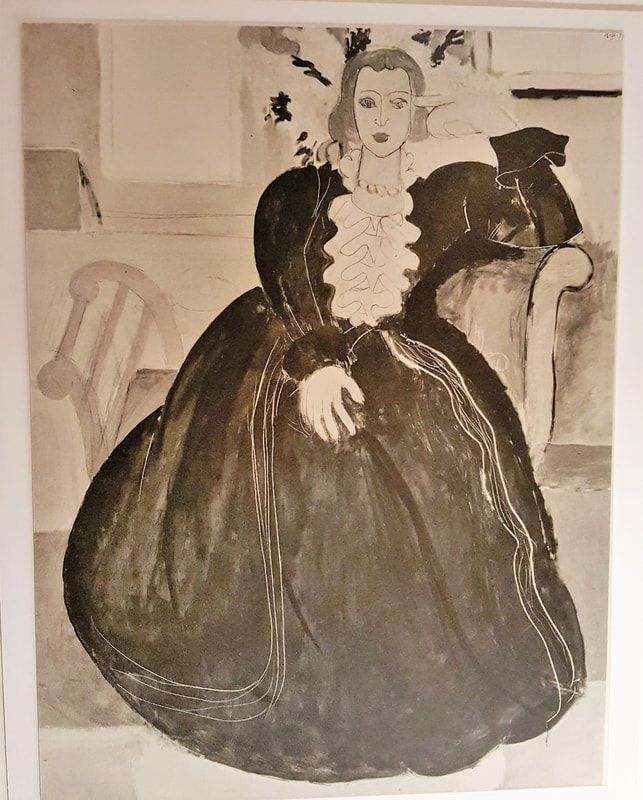

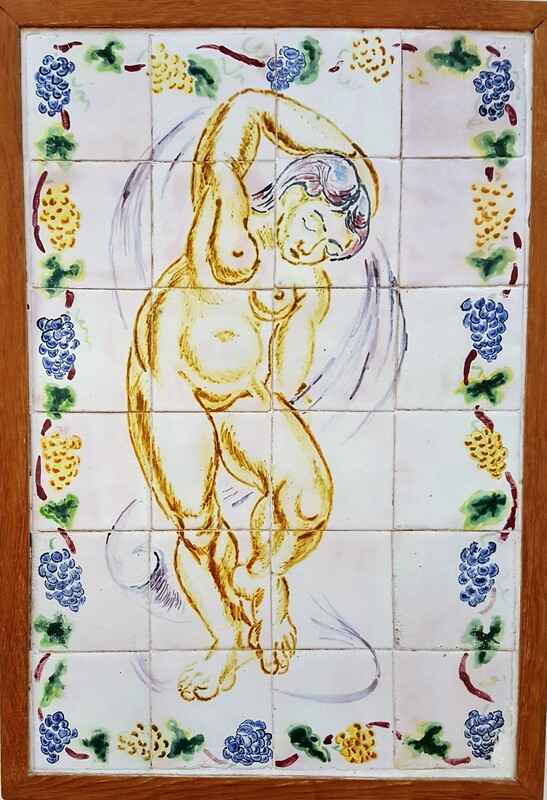

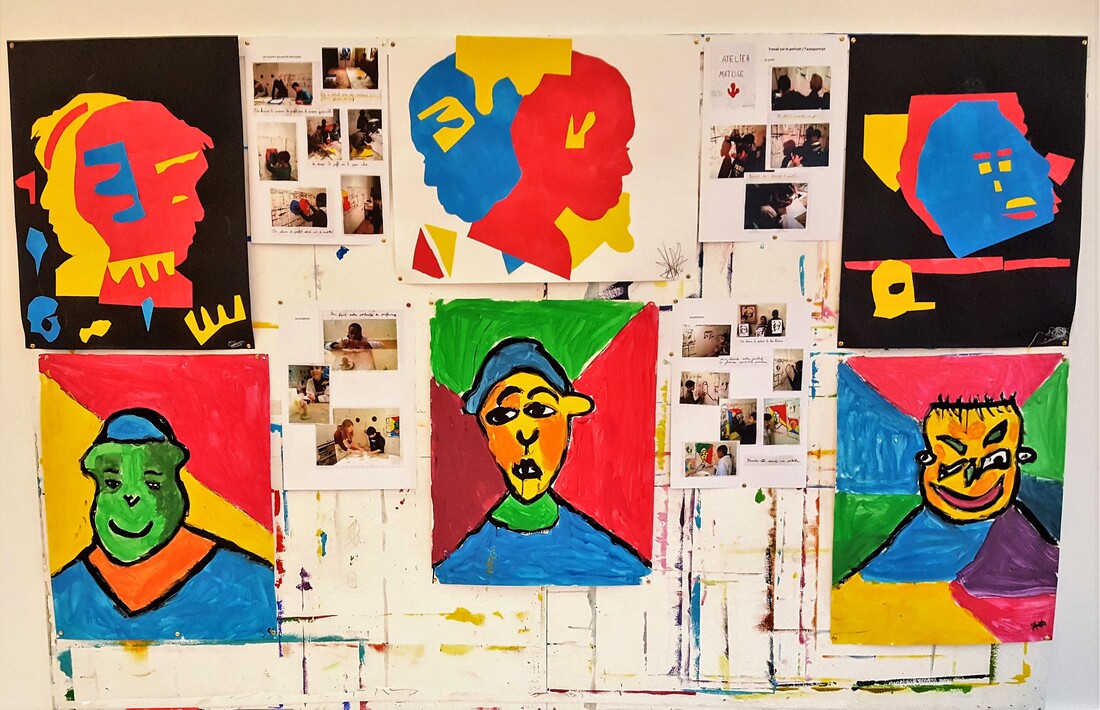
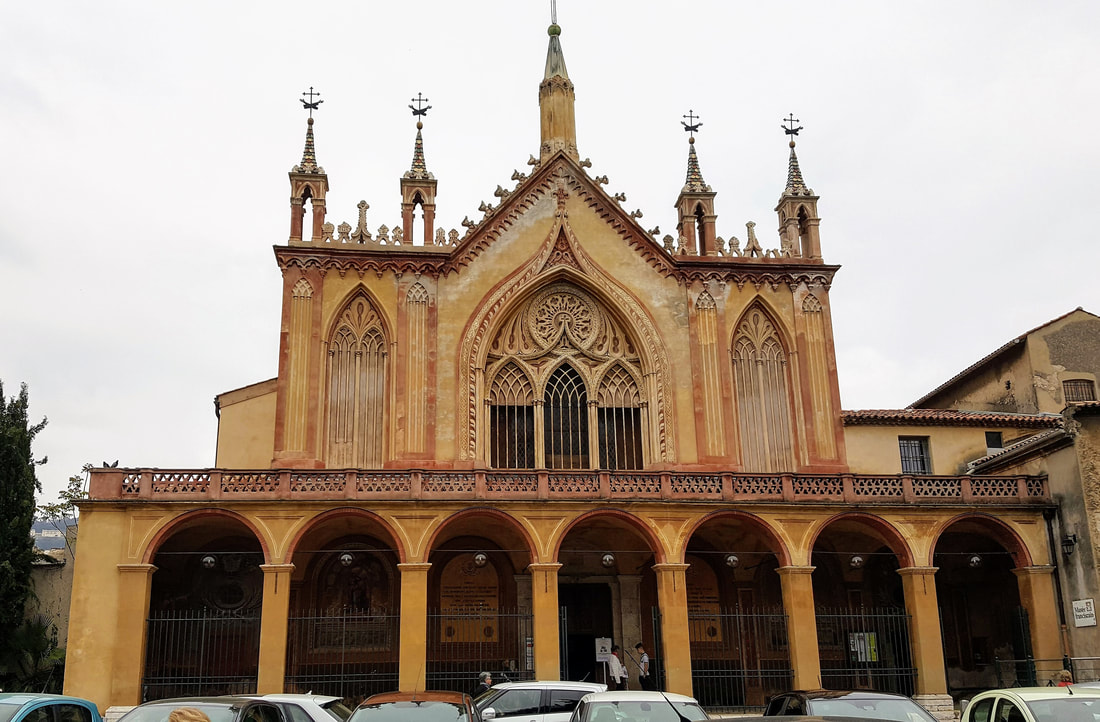



 RSS Feed
RSS Feed
